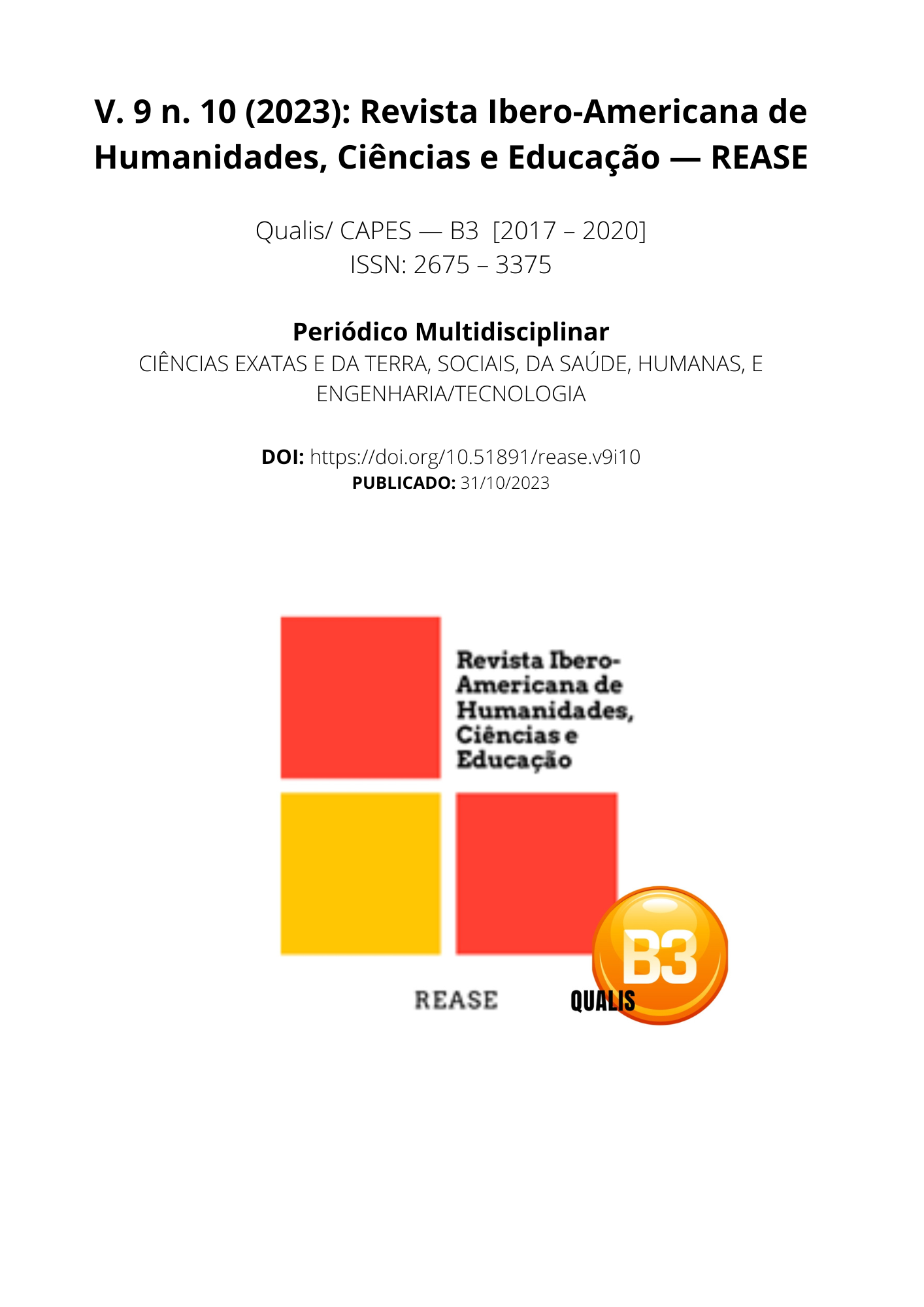CLINICAL EVALUATION OF ATRIAL FIBRILLATION AND VALVE SURGICAL TREATMENT
DOI:
https://doi.org/10.51891/rease.v9i10.12210Keywords:
Atrial fibrillation. Surgical treatment. Mitral valve disease. MAZE and comparison.Abstract
Introduction: Atrial fibrillation (AF) is a cardiac arrhythmia characterized by abnormal and disordered electrical activity of the atria, which results in ineffective and irregular atrial contraction. AF is one of the main causes of cardiovascular morbidity and mortality, being associated with an increased risk of stroke, heart failure and dementia. AF treatment aims to control heart rate and rhythm, prevent thromboembolic events, and treat the underlying cause. Pharmacological treatment of AF is limited by low efficacy, adverse effects and the need for monitoring. Surgical treatment of AF is a therapeutic option for patients with permanent AF and concomitant cardiac surgery, such as mitral valve repair. Surgical treatment of AF consists of making incisions or ablations in the atrial tissue, with the aim of interrupting the reentry circuits responsible for maintaining the arrhythmia and restoring sinus rhythm. The most commonly used surgical procedure for the treatment of AF is MAZE, which has a high success rate in reversing AF, but also presents a high technical complexity, a prolonged cardiopulmonary bypass time and a high risk of bleeding. Objective: to evaluate the effectiveness of surgical treatment of AF in patients with mitral valve disease, comparing the MAZE procedure with other surgical techniques or pharmacological treatment. Methodology: The methodology of this systematic review was based on the PRISMA checklist. The databases used to search for studies were PubMed, Scielo and Web of Science. The descriptors used were: atrial fibrillation, surgical treatment, mitral valve disease, MAZE and comparison. The search strategy was adapted for each database, using Boolean operators and appropriate filters. Included in the review were studies published in the last 10 years, which evaluated the surgical treatment of AF in patients with mitral valve disease, which compared MAZE with other surgical techniques or with pharmacological treatment, and which reported the outcomes of interest, such as reversal of AF, the occurrence of thromboembolic events, mortality and quality of life. Studies that did not meet the inclusion criteria, duplicate studies, studies with low methodological quality and studies that did not present sufficient data for analysis were excluded from the review. Results: 12 studies were selected. The meta-analysis showed that MAZE was superior to other interventions in reversing AF, with a relative risk of 0.42 (95% CI: 0.36-0.49; p < 0.00001), and in preventing thromboembolic events , with a relative risk of 0.28 (95% CI: 0.15-0.53; p = 0.0001). There was no significant difference between MAZE and the other interventions in mortality, with a relative risk of 0.89 (95% CI: 0.54-1.46; p = 0.64), and in quality of life, with a mean difference of 1.23 (95% CI: -2.76-5.22; p = 0.55). Heterogeneity between studies was moderate for the outcomes of AF reversal and thromboembolic events, and high for the outcomes of mortality and quality of life. Conclusion: The systematic literature review showed that surgical treatment of AF in patients with mitral valve disease, using the MAZE procedure, was effective in reversing the arrhythmia and reducing the risk of thromboembolic events, without increasing mortality or compromising quality of life , when compared with other surgical techniques or pharmacological treatment. MAZE can be considered a safe and effective therapeutic option for patients with permanent AF and concomitant cardiac surgery. However, the results must be interpreted with caution, due to the heterogeneity between studies, moderate methodological quality and limited available data. More high-quality studies are needed to confirm the benefits of MAZE and to compare it with other surgical treatment modalities for AF.
Downloads
Downloads
Published
How to Cite
Issue
Section
Categories
License
Atribuição CC BY

